Because of the box tree moth, more and more gardeners are looking for an alternative to the box tree. We'll show you the best alternatives to books.
Who has not already admired them: the evergreen, neatly kept bed borders and the beautifully designed topiary of the boxwood? No question, the boxwood (Buxus sempervirens) is very popular. It is evergreen, robust, hardy, easy to cut and easy to care for.
contents
-
Why alternatives to boxwood make sense
- Boxwood: caution poisonous
- Box tree moth
-
Alternatives to boxwood: Our top 6
- 1. Box-leaved barberry
- 2. Rhododendron 'Bloombux'
- 3. lavender
- 4. Dwarf candy
- 5. Thuja / tree of life
- 6. Purple willow
Why alternatives to boxwood make sense
Unfortunately, there are also a few sound arguments against cultivating a box tree in the garden.
Boxwood: caution poisonous
On the one hand, the risk of poisoning it poses, especially for small children and pets (especially rodents), should not be underestimated. Because all parts of the box tree are poisonous - whether flowers, leaves or bark. If you put it in your mouth or even swallow it, this can lead to nausea, diarrhea and vomiting or even cause dizziness and symptoms of paralysis. More on the subject "
Boxwood: poisonous or not?”Can be found in our special article.The most serious reason, however, that speaks in favor of alternatives to boxwood, is another.
Box tree moth
Hungry pest: the voracious one Box tree moth (Cydalima perspectalis) is feared by many boxwood friends. And rightly so! Because the pest is bad for the evergreen plants. The box tree moth is a small butterfly that probably came to Europe in shipping containers from East Asia at the beginning of this century. Its caterpillars, which you don't even notice at first, can later lead to massive devastation on the boxwood.
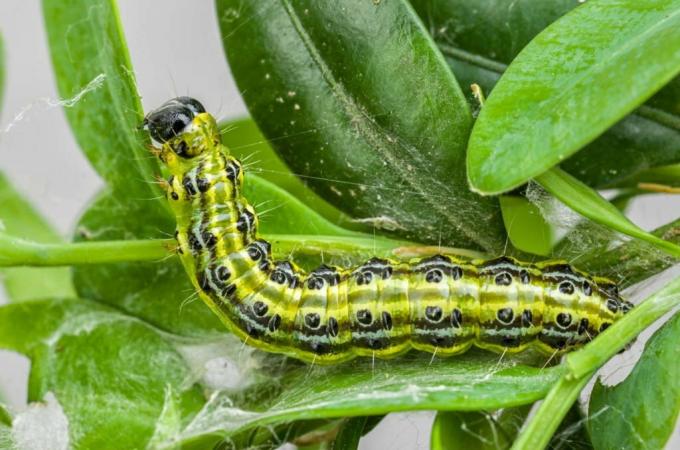
A good reason against chemical pesticides to fight the moth:
Early in the year (from March to May) you can find small clusters of flowers in the leaf axils of the box tree. Many hobby gardeners hardly notice them because they are well hidden by the foliage. These flowers are very rich in pollen and nectar. And because flowering begins so early in the year, they are one of the first places bees and insects come to fly. For this reason alone, you should definitely refrain from fighting the box tree moth with the chemical club.
Instead, you can use the Fight boxwood moth biologically and get rid of it effectively without poison and chemistry.
With this article we do not want to drive the boxwood out of your garden. But especially because of the box tree moth, many garden owners are looking for alternatives, which we present to you below.
Alternatives to boxwood: Our top 6
In our suggestions for substituting boxwood, we made sure that the alternatives contain all the benefits of boxwood as far as possible. From the easy-care bed border, to large plants that are easy to cut and give shape to opaque hedges and bee-friendly plants. A possible risk of poisoning is also expressly pointed out.
1. Box-leaved barberry
The bush-leaved barberry (Berberis buxifolia) is an evergreen, slow-growing deciduous wood. Their height is two to two and a half meters.
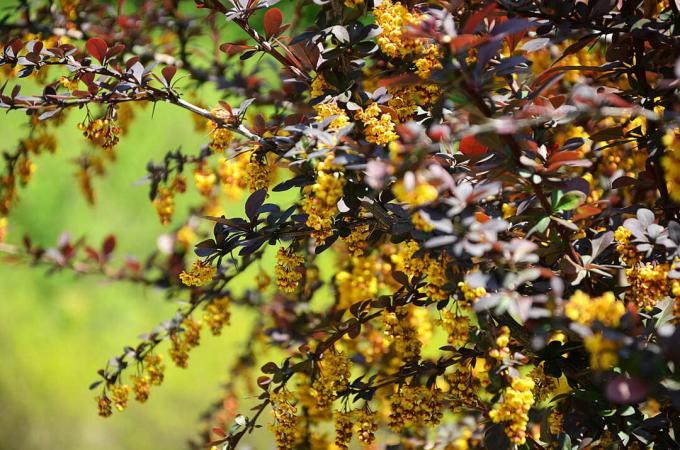
From April they adorn orange-yellow flowers. Its ripe fruits are blue, edible and can even be made into jam. The dwarf form "Nana" has very short shoots, is easy to cut and is a suitable alternative to boxwood if you want to have a nice topiary in the garden.
2. Rhododendron 'Bloombux'
The currently much-praised novelty among the boxwood substitute plants is the Rhododendron 'Bloombux'. It is a refinement of dwarf rhododendron bushes, which is cut compatible and also suitable for shaped cuts. Its winter hardiness goes down to temperatures below -20 ° C. The evergreen shoot of the dwarf rhododendron is very similar to that of the boxwood. There are also wonderful pink flowers. With a height of up to one meter, smaller hedges can also be designed well.

3. lavender
Of the Real lavender (Lavandula angustifolia) can replace the box tree as a very special border. Due to its low growth of 45 to 50 cm, beautiful hedges can be set around the beds to be delimited. From June to August the robust plant blooms in a bright purple and attracts bees, butterflies and other insects with its fragrance and the many flowers.
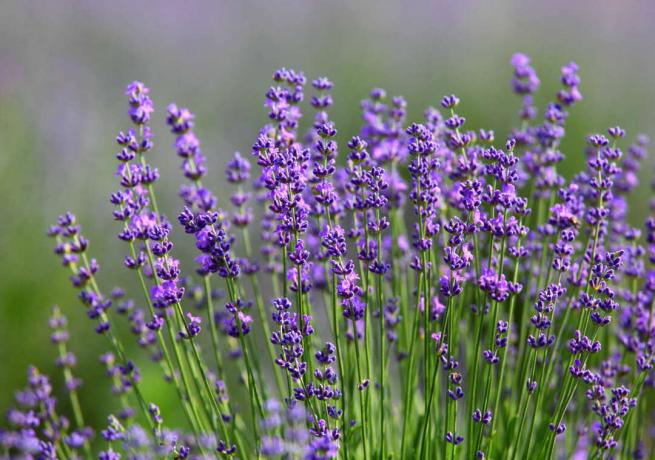
4. Dwarf candy
The dwarf guster (Ligustrum vulgare) is a robust and very adaptable shrub. It reaches a height of 50 to 70 cm. White flowers can be found on it from June to July. In late summer it forms inedible black berries that have a laxative effect. The whole wood is considered inedible to moderately poisonous (provided you eat large amounts of it). The dwarf cluster is hardy and a very good substitute for boxwood for verges or low hedges.
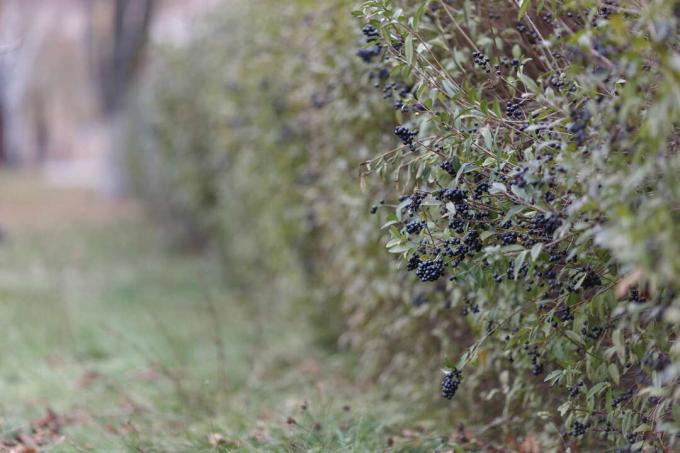
5. Thuja / tree of life
the Thuja (also called the tree of life), belongs to the cypress family. Their popularity is based primarily on their excellent cut tolerance. The thuja is hardy, robust and defies almost any wind force. Throughout the winter it is a green eye-catcher in every garden.

6. Purple willow
The purple willow (Salix purpurea) is a type of willow with a striking red bark. At the beginning of flowering, it impresses with its reddish catkins. It is shaped like a large, bushy shrub that is frost hardy and heat resistant. The flexible branches of the purple willow (also known as wicker) are particularly suitable for creating wicker fences and are therefore a good substitute for boxwood hedge.
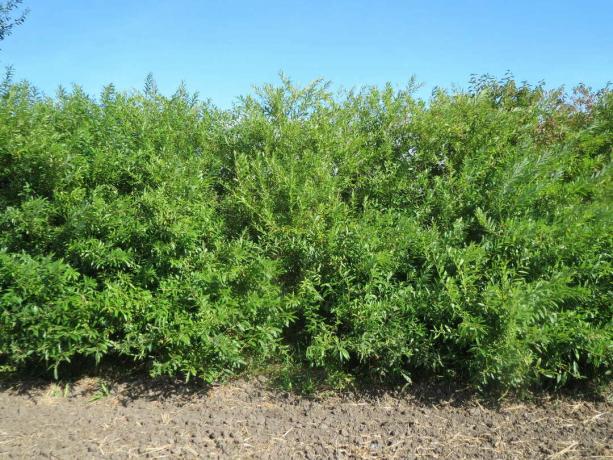
There is definitely another alternative to the classic boxwood. When choosing, you should think about the purposes for which you want to use the boxwood substitute and there are many possibilities for a new garden design.
Note: Further evergreen and hardy shrubs and trees can be found here. Seven too evergreen climbing plants we have put it together for you here.

